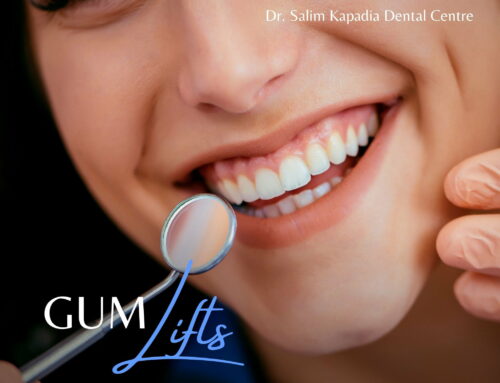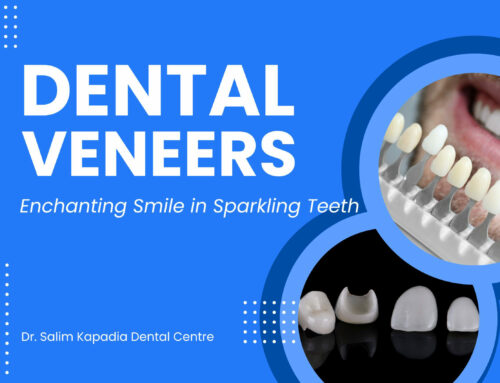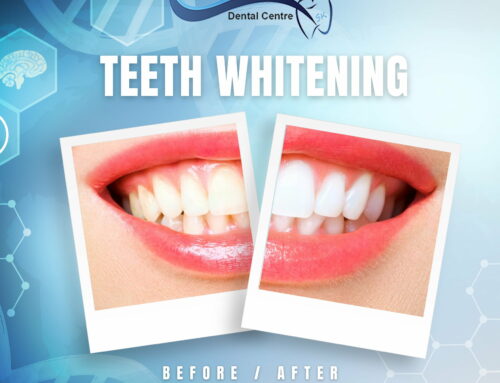
Veneers are thin, tooth-coloured shells used by dentists to enhance the appearance of teeth. Veneers can protect teeth against discolouration, chips, and unevenness. These are generally made from porcelain, composite resin, or some other type of material, and they are permanently bonded to your teeth. Some people only require one veneer, while some others require six to eight veneers to achieve an even, symmetrical smile.
Veneers are generally of two kinds: porcelain (or traditional veneers) and resin-based composite (or no-prep veneers). In contrast, no-prep veneers, which include options like Lumineers, take less time and are less invasive than traditional veneers. A traditional dental veneer requires grinding down the tooth structure and, in some cases, scraping the enamel of some teeth. As a result, the teeth are properly positioned and the aesthetics are optimal. For patient comfort, local anaesthesia may be required before veneers are applied. Composite resin veneers, like Lumineers, are similar to porcelain veneers, but they tend to be less expensive and require less enamel removal. Before placing a composite veneer, a dentist may not have to remove any enamel.
Difference between Crowns and Veneers
Both veneers and crowns are dental restoration methods that can improve your teeth’s appearance and function. Veneers and crowns differ mainly in the fact that veneers cover just the front of the tooth, while crowns completely cover the whole tooth. In essence, dental crowns are used to repair teeth that have been badly damaged while veneers improve the appearance of teeth that are mostly intact.
Looking for the certified best dental office in Scarborough? Dr. Salim Kapadia Dental Centre has received the best dental office in Scarborough 2020 award. Click here to book an appointment online.






